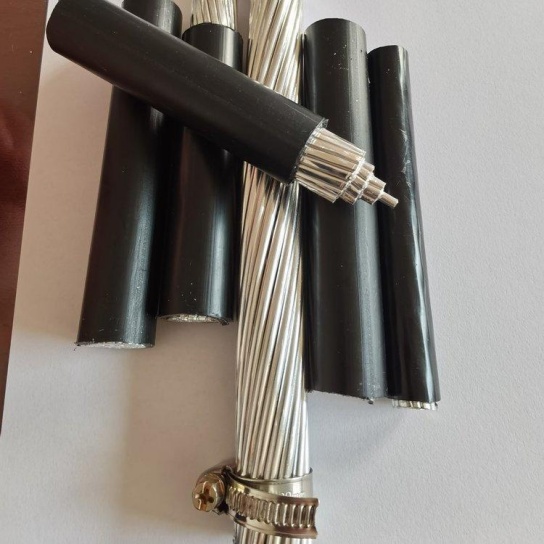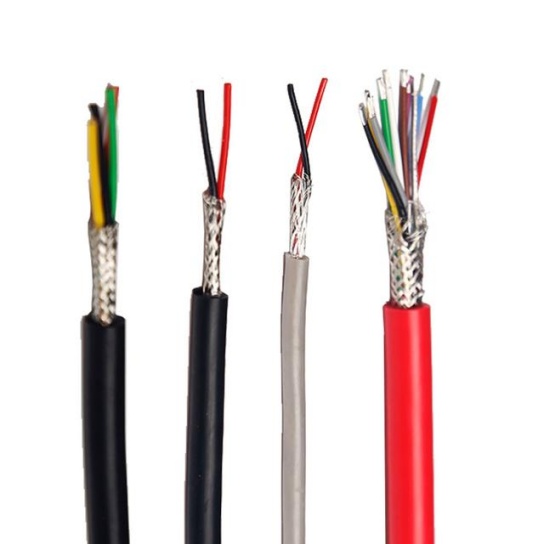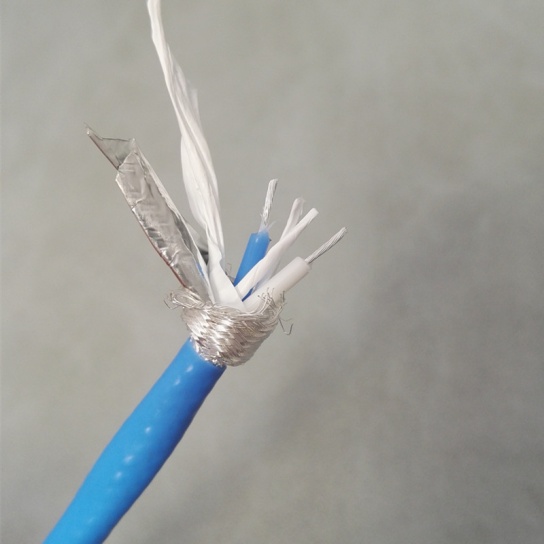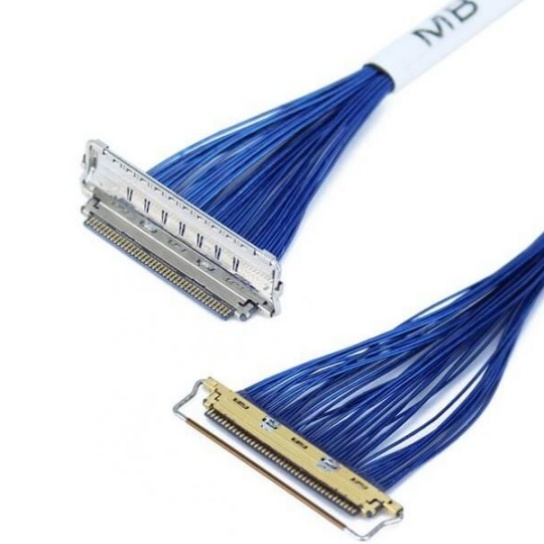Aircraft Cable Assemblies: Innovations in Connector Technology
In the aviation industry—where safety, reliability, and performance are non-negotiable—Aircraft Cable Assemblies serve as the “nervous system” of every aircraft. These critical components transmit power, data, and control signals between engines, avionics, flight control systems, and passenger amenities, directly impacting flight safety, operational efficiency, and long-term maintenance costs. As aircraft design evolves—toward more electrified systems, miniaturized avionics, and extreme operational environments—connector technology, a core part of Aircraft Cable Assemblies, has undergone transformative innovations. This article explores the latest breakthroughs in connector design, materials, and functionality, and how they elevate the performance of Aircraft Cable Assemblies for modern aviation needs.
1. Material Innovations: Durability for Extreme Aviation Environments
Traditional connectors in Aircraft Cable Assemblies often struggled with the harsh conditions of aviation—extreme temperatures (ranging from -65°C at high altitudes to 200°C near engines), exposure to hydraulic fluids, fuel vapors, and atmospheric corrosion, plus constant vibration and shock. Today, material science advancements have redefined connector resilience, ensuring Aircraft Cable Assemblies maintain integrity over decades of service.
One key innovation is the adoption of high-performance polymers such as PEEK (Polyether Ether Ketone) and PPS (Polyphenylene Sulfide) for connector housings. Unlike traditional plastics, PEEK resists continuous exposure to 250°C temperatures, repels chemical degradation from aviation fluids, and retains mechanical strength under vibration—critical for connectors in engine bays or landing gear systems. For metal components (e.g., contact pins), titanium alloys and nickel-copper (Monel) alloys have replaced standard brass or aluminum. Titanium connectors offer 40% higher strength-to-weight ratios than brass, reducing overall aircraft weight (a key factor in fuel efficiency) while withstanding saltwater corrosion—ideal for coastal or maritime flight operations.
Another material breakthrough is conductive elastomers for EMI (Electromagnetic Interference) shielding. Modern aircraft rely on sensitive avionics (e.g., radar, GPS, and flight control computers) that are vulnerable to EMI from nearby power cables. Connectors integrated with conductive elastomer gaskets create a seamless shield around Aircraft Cable Assemblies, blocking 99.9% of electromagnetic noise. This ensures signal accuracy—for example, preventing EMI from interfering with autopilot systems during critical phases of flight.
2. Design Innovations: Miniaturization and High-Density Connectivity
As aircraft become more electrified (e.g., electric propulsion in eVTOLs and hybrid-electric airliners) and avionics become more compact, the demand for smaller, denser connectors in Aircraft Cable Assemblies has surged. Traditional connectors (with 1.27mm pin pitches) occupied excessive space, limiting the number of signals that could be transmitted in tight areas like cockpit instrument panels or satellite communication modules.
Today’s micro-miniature connectors (e.g., 0.6mm pitch designs) have revolutionized Aircraft Cable Assemblies by doubling the number of contact points in the same footprint. For example, a connector that once held 12 pins now fits 24, enabling Aircraft Cable Assemblies to support multi-functional systems (e.g., integrating in-flight entertainment, passenger Wi-Fi, and cabin lighting controls into a single assembly). This miniaturization also reduces weight: a set of 50 micro-connectors weighs 30% less than their traditional counterparts, contributing to the aviation industry’s goal of lowering carbon emissions.
Complementing miniaturization is modular connector design. Modern Aircraft Cable Assemblies use connectors with interchangeable inserts, allowing airlines to customize assemblies for specific aircraft models (e.g., Boeing 787 vs. Airbus A350) without redesigning the entire system. For maintenance teams, this means faster repairs: if a connector insert fails, it can be swapped out in 15 minutes instead of replacing the entire cable assembly—reducing aircraft downtime and operational costs.
3. Performance Innovations: Low Impedance and Predictive Maintenance
Signal integrity and proactive maintenance are two of the biggest concerns for airlines when selecting Aircraft Cable Assemblies. Connector technology has addressed both with innovations in impedance control and intelligent monitoring.
Low-Impedance Connectors for Critical Signals
Aviation systems like fly-by-wire (FBW) rely on real-time data transmission between sensors and flight controls. Even minor signal loss or delay can compromise safety. To solve this, connectors in modern Aircraft Cable Assemblies feature precision-machined contact pins and controlled-impedance housings. The pins are polished to a 0.001mm tolerance to ensure consistent electrical contact, while the housing’s dielectric material (e.g., ceramic-filled PEEK) is engineered to maintain a constant impedance of 50 or 75 ohms—matching the cables they connect. This eliminates signal reflection and attenuation, ensuring FBW systems receive accurate data within microseconds.
Intelligent Connectors with Integrated Sensors
Predictive maintenance is a game-changer for aviation, as unplanned failures of Aircraft Cable Assemblies can cost airlines $100,000+ per hour of grounded aircraft. New “smart” connectors address this by integrating micro-sensors (temperature, vibration, and current sensors) directly into the connector body. These sensors continuously monitor the health of Aircraft Cable Assemblies and transmit data to the aircraft’s central maintenance system.
For example, if a connector in a wing-mounted cable assembly begins to overheat (a sign of loose contacts), the sensor alerts maintenance teams before a full failure occurs. This allows airlines to schedule repairs during routine checks instead of emergency grounded. A 2024 study by the International Air Transport Association (IATA) found that Aircraft Cable Assemblies with smart connectors reduced unplanned maintenance by 45% and extended assembly lifespan by 30%.
4. Application-Specific Innovations for Diverse Aviation Sectors
Aircraft Cable Assemblies are not one-size-fits-all—needs vary widely between commercial airliners, military jets, drones, and eVTOLs. Connector technology has evolved to meet these sector-specific demands:
- Commercial Airliners: Connectors prioritize reliability and passenger safety. For example, Aircraft Cable Assemblies in cabin systems use flame-retardant connectors (compliant with FAA FAR 25.853) that resist burning and smoke emission in case of fire. Additionally, connectors for in-flight entertainment (IFE) systems support high-speed data transmission (up to 10 Gbps) for 4K video streaming.
- Military Jets: Military Aircraft Cable Assemblies require connectors that withstand battle conditions—including shock (up to 500 G-forces), chemical warfare agents, and electromagnetic pulses (EMP). Connectors here use hermetic sealing (to prevent moisture ingress) and EMP-shielded housings, ensuring communication and weapons systems remain operational in combat.
- Drones and eVTOLs: These aircraft demand lightweight, high-efficiency Aircraft Cable Assemblies. Connectors made from carbon-fiber reinforced polymers (CFRP) reduce weight by 50% compared to metal connectors, while low-power designs minimize energy consumption—extending flight endurance.
5. FRS: Your Trusted Partner for Innovative Aircraft Cable Assemblies
When it comes to Aircraft Cable Assemblies that leverage the latest connector technology, FRS stands as a leading global manufacturer—committed to quality, innovation, and aviation compliance.
At FRS, we don’t just build Aircraft Cable Assemblies; we engineer solutions tailored to your unique needs. Our connector innovations align with the advancements outlined above:
- Material Expertise: We use industry-leading materials (PEEK, titanium alloys, conductive elastomers) sourced from certified suppliers, ensuring every Aircraft Cable Assembly meets AS9100D and ISO 9001 standards—the gold benchmarks for aviation quality.
- Design Flexibility: Our in-house R&D team creates custom micro-miniature and modular connectors, enabling Aircraft Cable Assemblies that fit even the tightest spaces (e.g., eVTOL cockpits or satellite modules).
- Smart Technology Integration: We offer intelligent Aircraft Cable Assemblies with integrated sensors, empowering your team with real-time health data and predictive maintenance capabilities.
- Sector-Specific Solutions: Whether you need commercial, military, or drone-focused Aircraft Cable Assemblies, FRS has the expertise to deliver—with compliance to FAA, EASA, and MIL-STD requirements.
Beyond innovation, FRS prioritizes reliability and support. Our Aircraft Cable Assemblies undergo rigorous testing (environmental, vibration, EMI, and flame-retardant testing) before shipment, and our global customer service team provides 24/7 support—ensuring your operations run smoothly.
For airlines, military contractors, and eVTOL manufacturers seeking Aircraft Cable Assemblies that combine cutting-edge connector technology with uncompromising quality, FRS is your ideal partner. Let us help you elevate your aircraft’s performance, safety, and efficiency—today and for the future of aviation.






